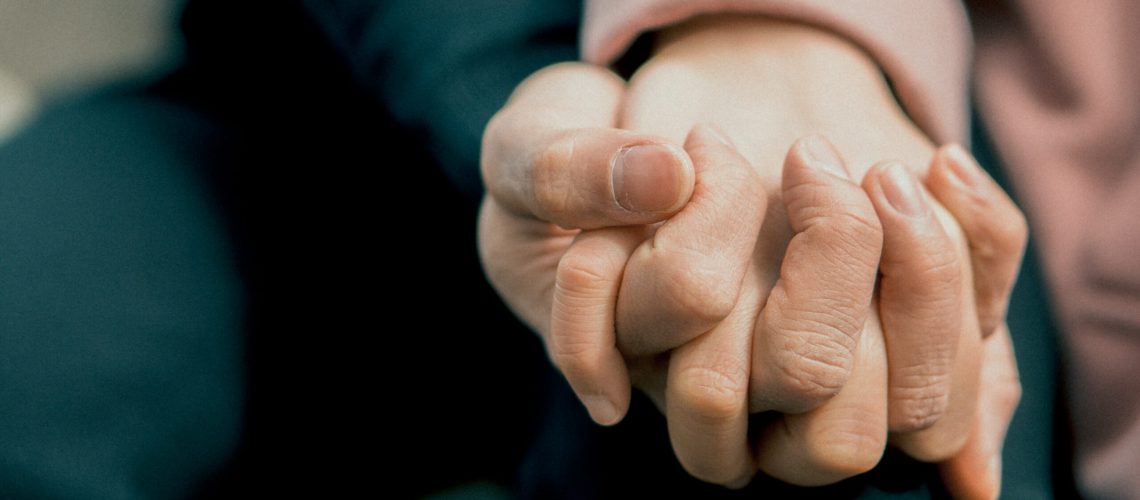In the majority of hospitalizations for Ontarians 65 and older, unintentional falls are the main cause of hip fractures injuries. Every year, 20 to 30 percent of seniors fall one or more times.
Falls lead to:
- 85% of hospitalizations for injuries among elderly
- 95% of hip fractures
Home is where 50% of all falls that result in hospitalization occur. After being hospitalized for a fall, more than one-third of seniors are admitted to long-term care. Fall-related hospitalizations for seniors in Canada are on average 10 days longer than those for any other reason.
Chronic pain, decreased mobility, loss of independence, and even death are all consequences of falls. Because recovering from a fall can be extremely challenging, it’s critical that we take steps to prevent falls given their rising frequency.
WINTER SAFETY FOR SENIORS:
Engaging in physical activity while taking in some of winter’s beauty is one of the finest strategies to combat the winter blues. Walking in the winter is a fantastic form of exercise and a great way to beat cabin fever. However, winter walking must be approached cautiously and with seriousness.
Every year falls on the ice result in more than 12,000 hospital admissions in Ontario. These falls occur 50% of the time in January or February, which are reportedly the two slickest months of the year. Those aged 60 to 79 made up one-third of those who fell, and an average of 7.6 days were spent in the hospital as a result.
What you might not expect to learn is that people aged 40 to 59 made up another third of those fall victims, and they spent an average of 3.6 days in the hospital. Fall prevention, particularly in the winter, is a problem that doesn’t simply concern the elderly. Any Canadian prepared to brave the cold should be aware of winter safety!
Here are some fundamental safety recommendations for you and your loved ones this winter.
- During the colder months, warm, waterproof boots are a must-have. They must be both watertight and insulated, with a thick, nonslip tread, a broad toe box, a low heel, and a lightweight build.
- To improve your footing on icy surfaces, you can affix ice grippers to the soles of your boots. Note that the grippers are extremely hazardous on smooth surfaces such as tile, stone, or ceramic. Putting the ice grippers on the soles of your boots is a job best done while seated.
- You should always have a hip protector on hand when you’re out and about. Extra protection in the event of a fall is provided by a hip protector, which can take the form of either a belt or a pair of jeans.
- Black slick ice can happy anytime over winter and often your driveway, keep a small bag of grit, sand, salt, or cat litter in your pocket or purse so that if you have to cross an especially icy portion, you can sprinkle grit first.
- Use a cane, a set of Urban Poles, or ski poles to assist you keep your balance. Put an ice pick on the end of your cane or poles for better footing on slippery surfaces.
- Use the “Buddy System” and go for a stroll with someone you know and trust. You should never venture out alone in the Canadian winter; the weather might change at any moment. Give people a heads up on your travel plans, including how long you anticipate being gone and when you anticipate returning.
When the real Canadian winter storms hit, it’s best to stay inside and get your workout done. Make use of an indoor walking track where you won’t have to deal with the ice and snow.
If you have had a fall and need help, AgePro is here to assist you. Short term help or extended periods of time, we can help. Hip surgery and recovery is often why families call AgePro, we can provide a home assessment for safety prior to hospital discharge and set up a plan to help you or your loved one get back home.





